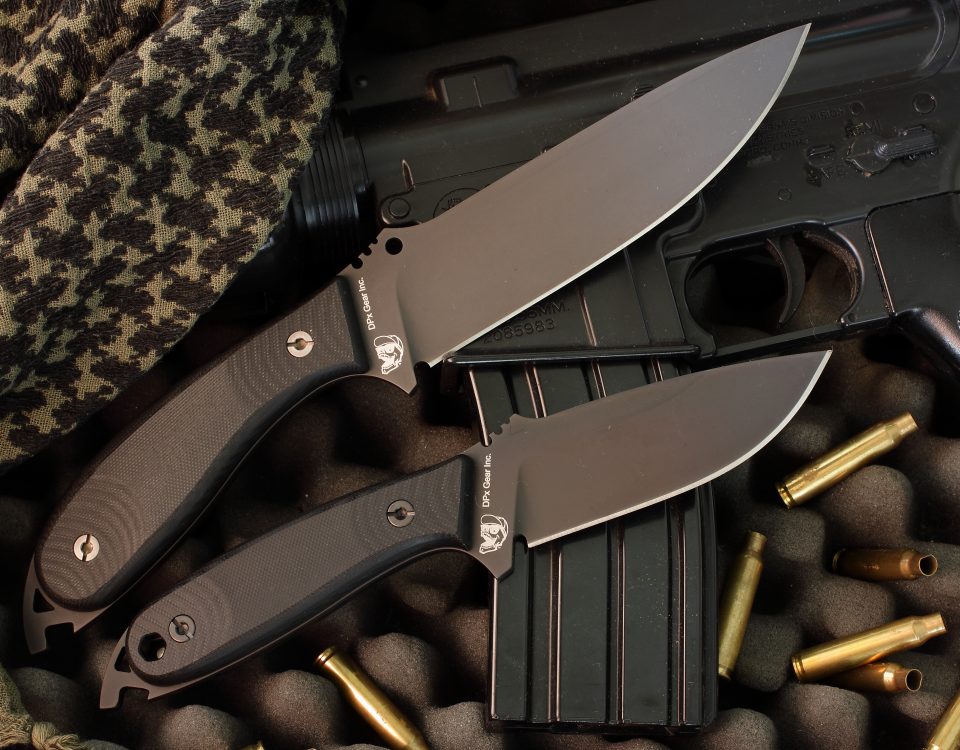- Living dangerously DPx Gear is a company founded by Robert Young Pelton, which designs and markets equipment for demanding uses in military and professional environment. Adventurer, writer and journalist, R.Y.P. has spent the last 30 years documenting what was happening in the most dangerous places around the world ( Afghanistan, […]



